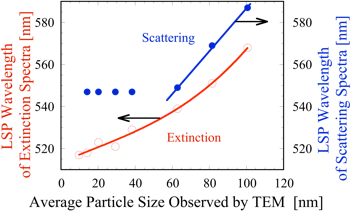Gold Nanoparticle




Gold Nanoparticle
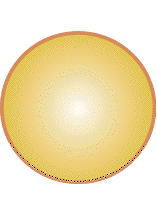
Gold nanoparticles, an old and new material
Localized plasmon, an optical technology in the 21st century
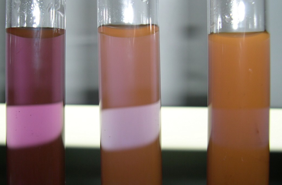

Noble metals like gold and silver delight our life with the charming shining. While metallic gold has "golden-color" gleam, gold in the state of particles smaller than the wavelength of visible light also shows the unique immortal color like beautiful stained glass. The gold nanoparticles, in addition to the use of color material from the ancient days, is now expected in a wide range of applications like catalyst, solar cell, biosensor, nanomedicine, and cloaking in the latest research.
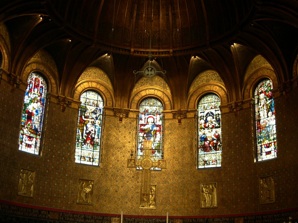
Trinity Church, Boston
Absorption and scattering of light in gold nanoparticles
When light irradiates the gold, since light is electromagnetic wave, the oscillating electric field is applied on the free electrons which are charged particles within the metallic gold. Then electrons begins to move in the field. These motion of electrons become oscillation by the oscillating electric field of light. This is surface plasmon, the collective oscillation of free electrons in gold.
Depending on the dielectric permittivity of the metal and the surrounding, the movement of free electrons can sometimes follow the vibration of the electric field of light, and sometimes not. When the electrons can follow the optical field vibrations, the resonance occurs and then light is penetrated and absorbed. Since inverse of vibration frequency is related to wavelength, thus interaction between metal and light changes depending on the wavelength. Man can enjoy the beautiful metallic luster of gold and copper because they absorb light in visible region.
The effect of surface plasmon is more dramatic with gold nanoparticles appropriately smaller than the wavelength of light. Surface plasmon localized to the nanoparticles (the localized plasmon) is likely to be resonant with the specific wavelength of light, where the oscillation of electrons is maximized, and gold nanoparticles interact strongly with light. This is known as the localized plasmon resonance (LPR) or the localized surface plasmon resonance (LSP).
The collective oscillation of free electrons also behave just like an vibrating single particle overlapping the gold nanoparticles. Since the oscillation of electrons affect the electromagnetic field, localized plasmon is also considered a kind of light localized to the nanoparticles.
The localized plasmon resonance wavelength where gold nanopartilces interact strongly with light varies depending on the size of the gold nanoparticles, even though dielectric permittivity of the surrounding is under same condition, for example, the solvent is water. Therefore, gold nanoparticles of different particle size show a variety of colors; orange of 20 nm particle size, wine red of 40 nm, and purple of 80 nm.
Mainly reflection
and scattering
Mainly absorption
and scattering
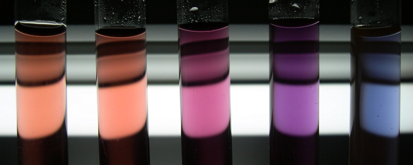


Gold nanoparticles also show an amazing color magic. Illuminating from the side of the observer, the dispersion of relatively large gold nanoparticles of 100 nm or more look turbid. It is like a suspension of mud. When you illuminate it from a side behind of the dispersion, you will find the dispersion is quite transparent. This is because reflection, absorption, and scattering occur, when the dispersion of gold nanoparticles is irradiated with light. You are observing the absorption and scattering of gold nanoparticles mainly in the absorption spectrum (so, it is called as extinction spectrum), while the reflection and scattering mainly in the photography with flash. Scattering spectrum observed at 90 degree shows the wavelength where the scattering intensity is maximum as well as the absorption. Maximum wavelength in the spectra of absorption and scattering is equivalent to the localized plasmon resonance wavelength. The information of gold nanostructure can be obtained by measurement of these spectra.
